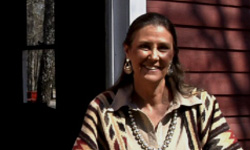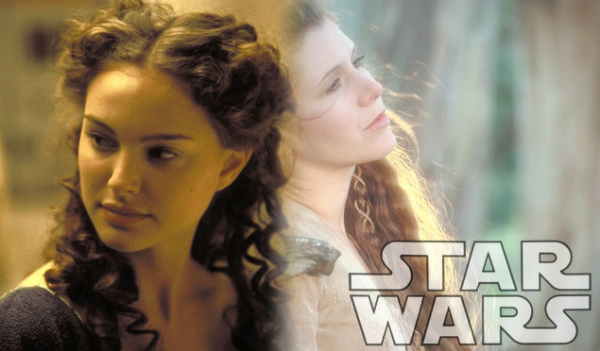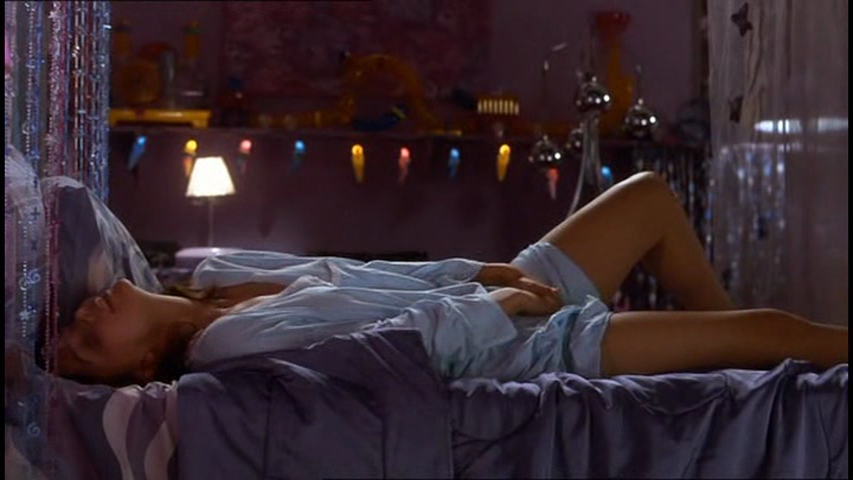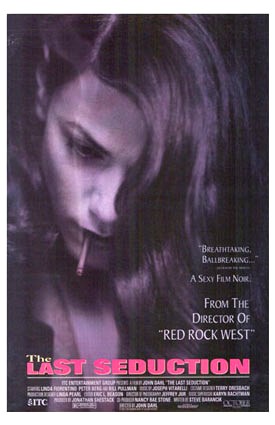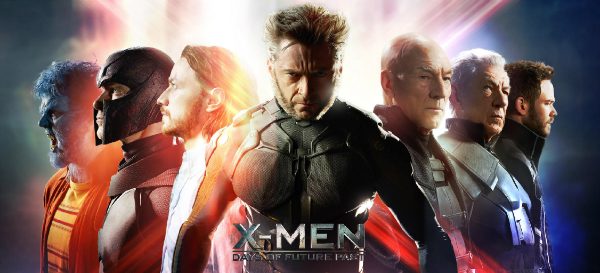‘Chasing Amy’ is a complicated movie for a feminist fan. There’s the initial terror that it’s an “air-quotes ‘lesbian’ just needed to find the right guy” romcom. This fear is dissuades despite the film’s obtuse refusal to use the word “bisexual,” as we get to know more about would-be erstwhile lesbian Alyssa (Joey Lauren Adams). And there’s some really poignant criticism of straight men’s fear of and failure to understand women’s sexuality, as we see that Ben Affleck’s Holden prizes Alyssa’s lesbianism because he conflates it with sexual purity. And while this is a fascinating, under-explored facet of sexual politics, it does mean the movie ends up being about Holden’s hurt fee fees more than Alyssa’s actual sexual identity and choices.
When a movie has so much promise but such big problems, especially a movie so dated by the ebbing flannel tide of the late 1990s, there’s only one reasonable option: A REMAKE.



